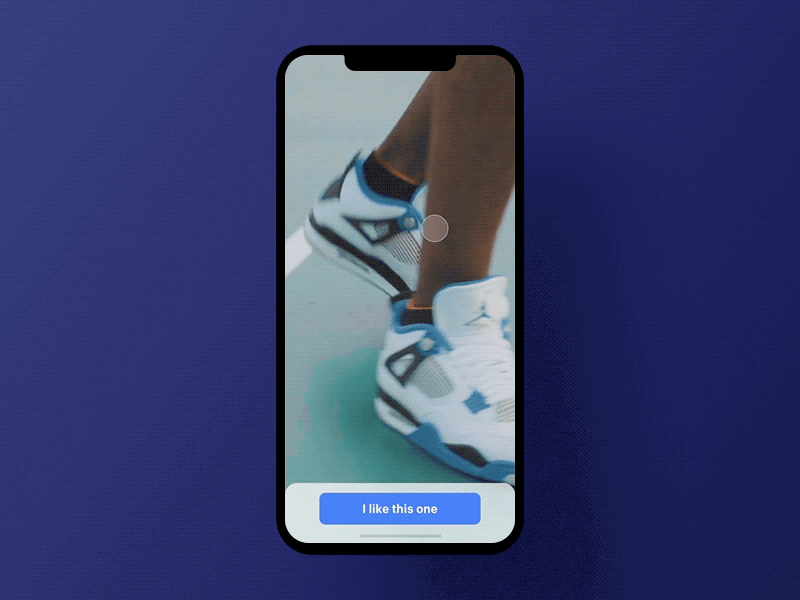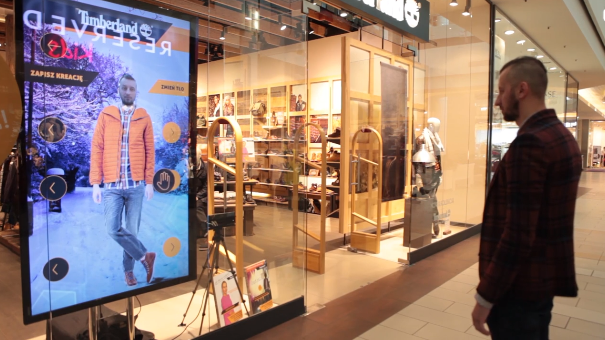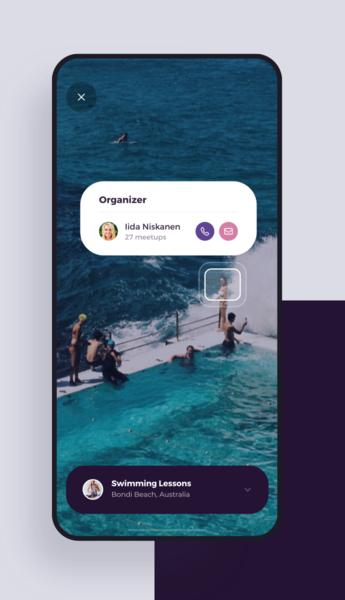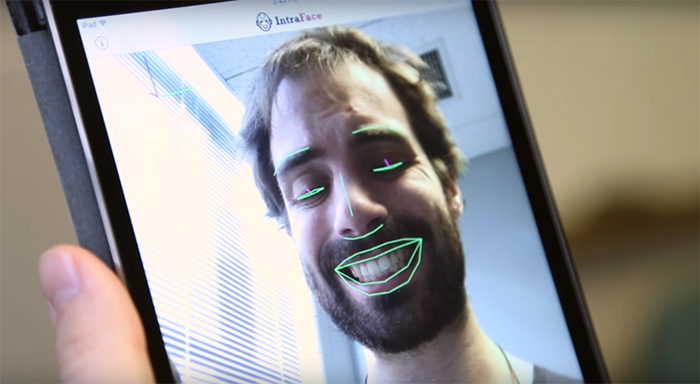6 Interesting Concepts for AR Experiences

Augmented Reality (AR) is a technology that complements the real world with text or graphics objects in real-time.
In this article, I want to share a few innovative & inspiring examples of AR experiences. All concepts that you find below have something in common - they deliver real value to users either by simplifying the routine operations or by creating entirely new experiences.
Side note: While I think that AR glasses are the future of AR technology I want to explore both MAR (mobile AR) and glass AR concepts.
1. Reimagining in-Airport and in-flight experiences
Before flight
'What is my hand baggage allowance ?' is one of the most frequent questions among travelers.
The following concept of AR app helps you easily measure your carry on baggage to avoid embarrassing moments.

During the flight
The concept of AR in-flight experience for Airbus ifly A380 makes it easier to find your place in the cabin. It's also possible to check where you are flying on.
Note: Unlike all other concepts from this article, Airbus ifly A380 is a real app that you can download and try.

The following concept attempts to solve this problem by providing AR maps. The app helps you find to the taxi stand or bus stop and offers useful info while you are walking.

2. Shopping experience with AR
Online e-commerce is a huge market. In 2018, an estimated 1.79 billion people worldwide purchase goods online and almost 40% of all purchases during the 2018 holiday season were made on a smartphone. That's why it so important to craft excellent shopping experience for mobile users.
Shazam-like searching for an item
When we hear the music and wonder who the artist is, we use Shazam to identify the media. But when we see a product we like, we still wonder who created it. Even when we know who the manufacturer is, we still have to search for the item.
Instead of making users use the old-n-boring search box to search for the item we can utilize the device camera to make the shopping experience more effortless. Below you can see the concept of an AR app that scans the image from the camera in the real-time and finds the item online.

Try-on experience can be used not only for online users but also for retail stores. This solution has two benefits:
- Users do not need to install an app to try products
- Using AR, it's possible to significantly reduce the number of times when people have to try on items in the dressing room. Just come up to a mirror in a store and admire the different looks.

Below you can see a concept called Anatomic. With Anatomic you can scan yourself or a friend with your phone and explore the details of human anatomy.

AR can be used to provide an interactive guide in a real-world environment. AR can help guide your customers on how to interact with the device for the very first time.

However, facial recognition used together with augmented reality can create an entirely different level of mobile apps. For example, it's possible to use AR and AI together to match the image of a human face from a camera with information about a real person.
Here are a few ideas on how this technology can benefit users:
- An easy way to identify the right person. Imagine that you take part in a huge sports event. You want to meet the organizer, but how can you find her among two hundred people? Especially when she looks a bit different on this occasion. AR can help you. Just aim your mobile phone camera at a group of people to see their names.

- Your face is your social profile. It's possible to create an entirely new level of social network where you face becomes your social profile. The users will scan their faces and add personal information.

Note: Face recognition feature will definitely raise some have privacy concerns. We still have to find the answer to the question 'Is the use of facial recognition a breach of people's privacy?'
6. Advanced personalization using facial tracking
What if we can tailor the content that we provide to our users not only on their past behavior but also based on their current mood. I'm talking about creating emotionally-intelligent apps. For example, a news app can track a user's facial expressions as they read articles and understand what they like and what they don't, and delivers more personalized content.

Helpful resources for AR designers and developers
I've created a collection of resources that will be helpful for anyone who wants to explore the field of AR. The collection is updated on a regular basis.
AR Resources